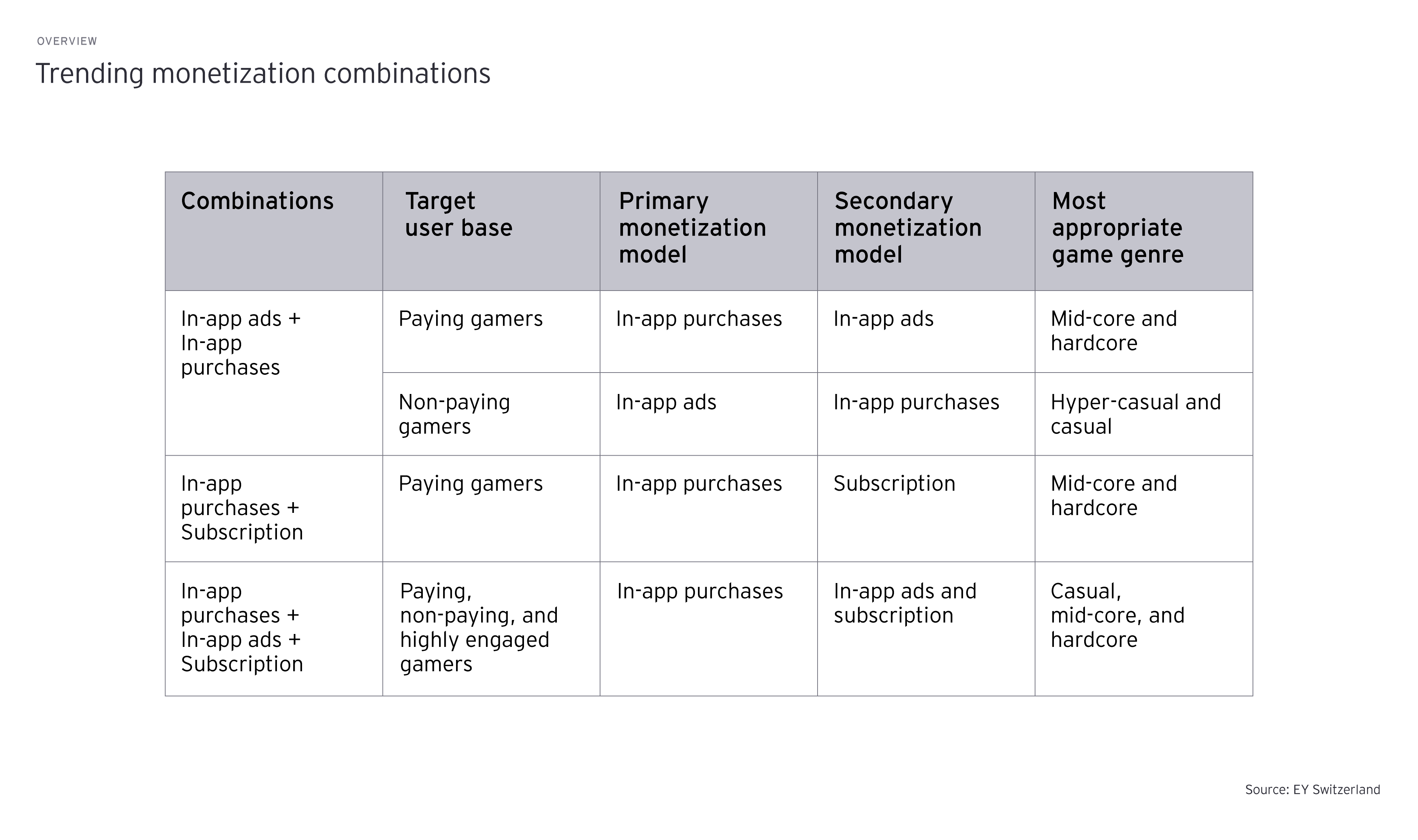Our latest thinking
Summary
While effective mobile game monetization presents itself as a lucrative avenue for developers to generate money, the key takeaway is that it should not be overdone. In pursuit of maximizing revenue, bombarding players with too many ads and placing everything in in-game stores might deter users from playing the game. The primary focus of game developers should be the seamless implementation of their monetization strategy and the delivery of an enhanced gaming experience. If the integration of monetization models into the game does not disrupt the gaming experience, then a healthy revenue stream will certainly follow.




